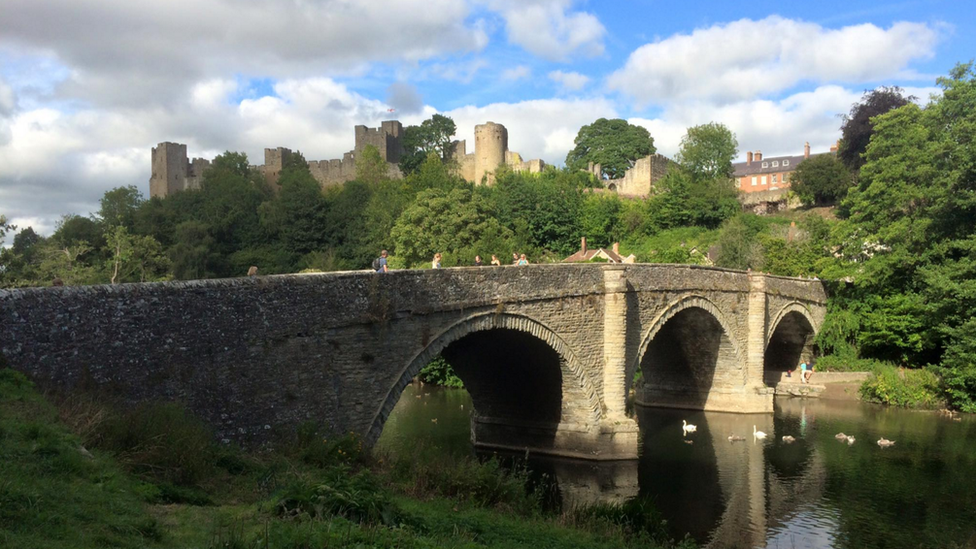West Midlands: Three things you wanted to know
- Published
Ask us your questions about where you live
People have been using Your Questions to ask us what they want to know about the West Midlands.
You wanted to know the history behind the Malvern Hills.
You asked about why people refer to "south Shropshire".
And you were curious to find out how Red Street in Stoke-on-Trent got its name. Here is how we got on answering your questions.

What is the history behind the Malvern Hills?
Well, it is a big question that takes in geology, the Ice Age, Iron Age hill forts, warning beacons and even the music of Elgar - so here goes.
First things first, how did this distinctive range of hills standing out from the flat flood plain of the River Severn come to be?
They are looked after by a charity called the Malvern Hills Conservators which says the rocks that make up the hills are known as schists and gneisses, and date from the Pre-Cambrian period between 600 and 800 million years ago.
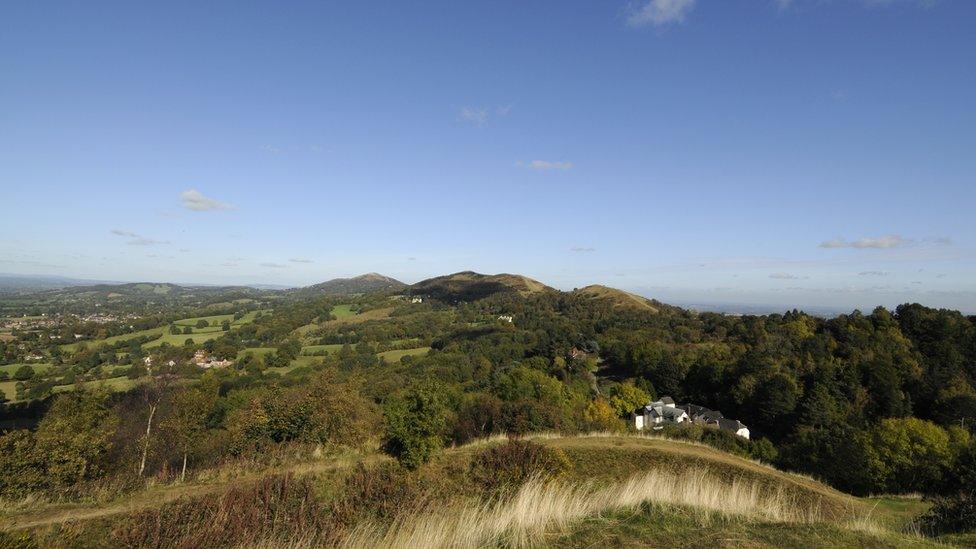
The Malvern Hills are protected by an act of Parliament
Perhaps the most obvious piece of history on the hills is British Camp - on the Herefordshire Beacon at the southern end of the range.
According to the charity, British Camp is an Iron Age hill fort.
A plaque on the walk up to the top of British Camp bears the local legend that the British chieftain Caractacus made his last stand there.
It is probably not true, but it did inspire the composer Sir Edward Elgar, who loved the hills and lived in Malvern for a time, to compose his cantata Caractacus in 1898.

Why do people refer to 'south Shropshire', but not 'east or west Shropshire'?
We think the answer could have something to do with the old South Shropshire District Council, which was created in the mid-1970s and then absorbed into Shropshire Council in 2009.
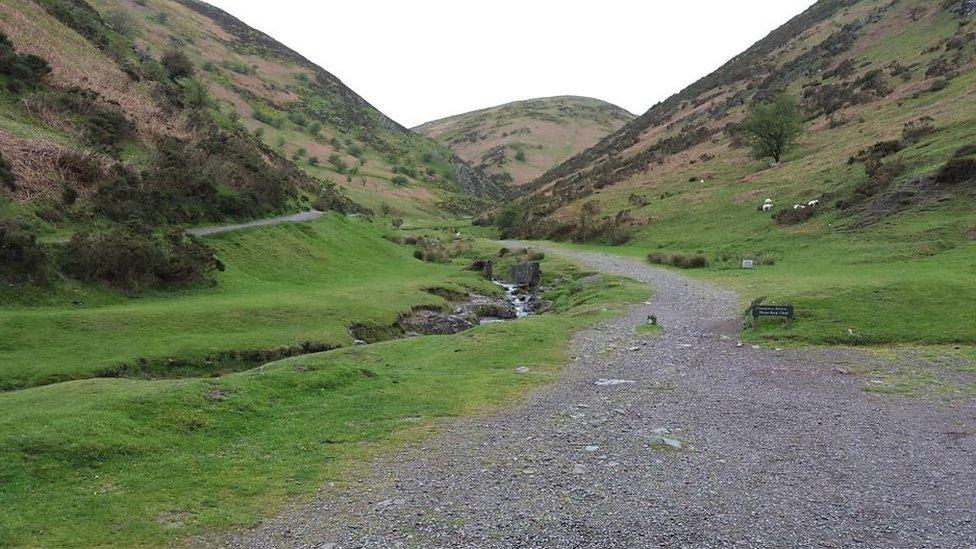
South Shropshire was once a parliamentary constituency
Further back in history there was once a South Shropshire parliamentary constituency.
Similarly, North Shropshire is often referenced because there was a North Shropshire District Council before 2009. There is still a North Shropshire constituency.

Did one of the villages in Stoke-on-Trent - Red Street - have a name-change due to a violent battle in the Civil War?
We asked history experts in Stoke-on-Trent and Staffordshire and the overwhelming response was "no".
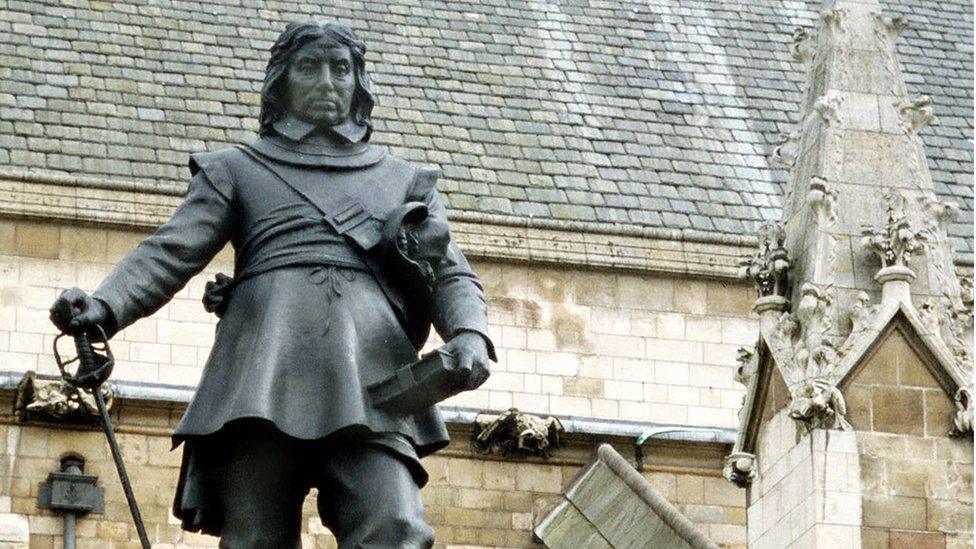
Oliver Cromwell did not fight in Red Street
Jon Goodwin, Stoke-on-Trent City Council's archaeology expert, says he has "no records of a Civil War engagement in Stoke-on-Trent or in any of the surrounding villages".
He says that there was only one set-piece battle in Staffordshire during the conflict - in Hopton Heath (near to Stafford) on 19 March 1643.
Where Red Street is concerned, Andrew George, principal archivist at Staffordshire Record Office, said "some sources suggest that the name came from a struggle between the Saxons and the Danes".
- Published10 March 2017
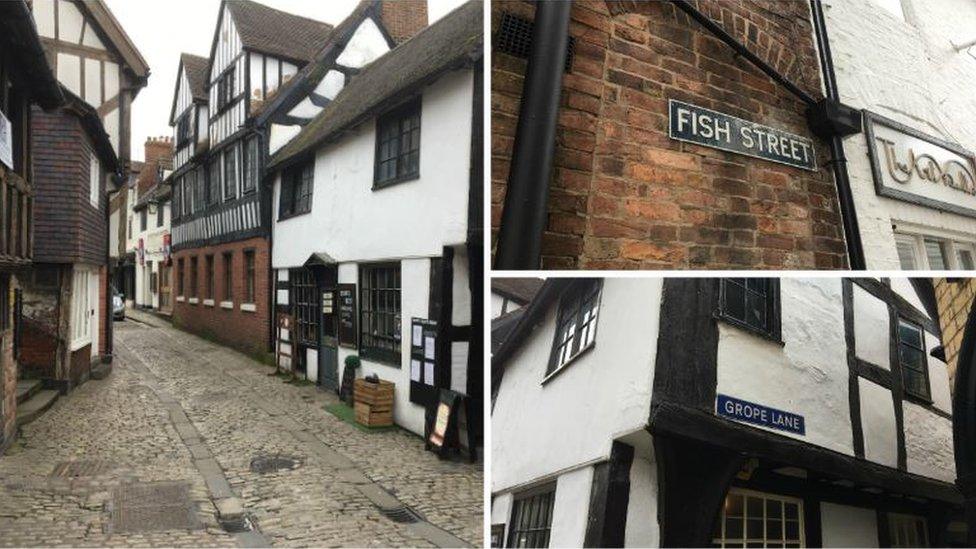
- Published3 March 2017
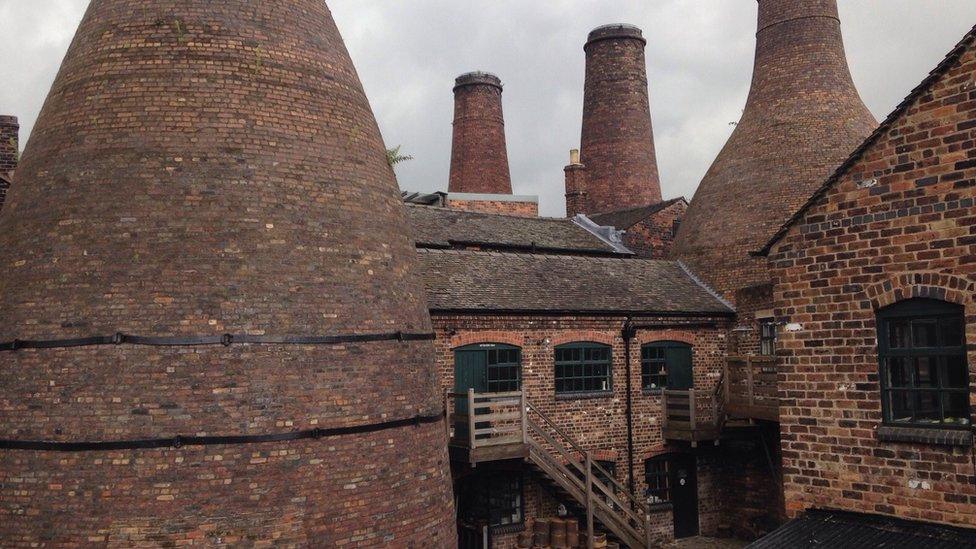
- Published24 February 2017
